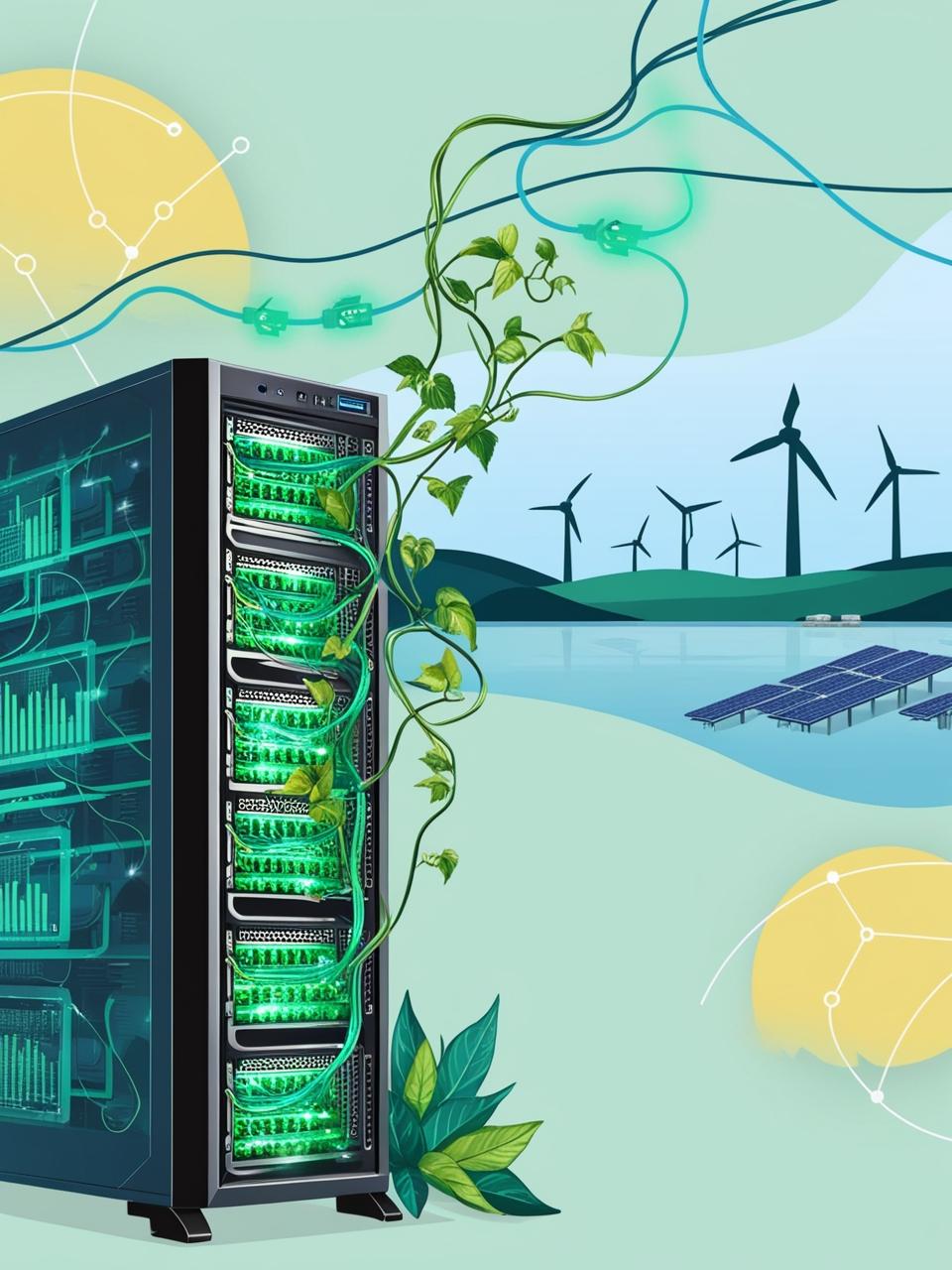
The Heat is On: Why AI Infrastructure Can't Afford to Ignore the Next "100-Year" Heatwave (That's Happening Next Week)
Remember those "once-in-a-century" weather events? The kind of freak heatwave or storm that our grandparents might have talked about, a statistical anomaly relegated to history books? Well, buckle up. Because in our rapidly changing climate, those "100-year" events are starting to feel like they're on a much shorter, much more alarming, repeat cycle. And for the booming Artificial Intelligence industry, this isn't just an inconvenient truth – it's an existential threat to the very infrastructure that powers its world-changing algorithms.
We're mesmerized by what AI can do: from drafting emails to designing life-saving drugs. But behind every brilliant AI application is a physical reality: sprawling data centers packed with energy-hungry servers. These digital powerhouses are, in essence, giant heat factories. They generate immense thermal energy that requires constant, robust cooling, 24/7/365. Historically, these facilities were often built with the climate of yesterday in mind, not the supercharged extremes we're increasingly witnessing.

When the Coolant Can't Keep Up: A London Story
Think this is hyperbole? Let's rewind to July 2022. London, a city known more for its drizzle than desert heat, experienced an unprecedented heatwave. Temperatures soared past 40°C (104°F) – a level that pushed local infrastructure, including critical data centers, to its breaking point.
In a stark demonstration of climate's direct impact on digital services, major cloud providers like Google and Oracle were forced to shut down servers in their UK-based facilities.
Why? Their sophisticated, redundant cooling systems simply couldn't cope with the relentless external heat. The consequence wasn't just overheated machines; it was service outages. Parts of the cloud, the very backbone of modern AI and countless online services, effectively went offline because it was literally too hot to keep the computers running safely.
![]()
This wasn't a minor glitch. It was a critical wake-up call. As Melissa Duncan highlights in her crucial new book, "Climate-Resilient AI Infrastructure," incidents like these underscore a terrifying vulnerability. If data centers in traditionally temperate climates are struggling, what does that mean for facilities in already hot regions, or for the increasing number of "100-year" heat domes predicted globally?
The Double Whammy: AI's Growth Meets Climate's Fury

The challenge is compounded by AI's explosive growth. The demand for AI computation is skyrocketing, leading to more data centers, denser server racks, and consequently, an ever-increasing need for power and cooling. This convergence – escalating AI demands meeting escalating climate extremes – creates a perfect storm.
We can no longer afford to design AI infrastructure assuming a stable, predictable climate. The operational continuity of AI services, from your favorite chatbot to critical research models, depends on facilities that can withstand these new extremes. Ignoring this reality isn't just poor planning; it's a direct risk to business, innovation, and the societal benefits AI promises.
The good news? We're not powerless. Solutions and strategies exist to build AI infrastructure that is both powerful and resilient. But the first step is acknowledging the heat is well and truly on.
The climate is changing, and our AI infrastructure must adapt. Are your systems, or the cloud services you rely on, truly prepared for the next extreme weather event?
To understand the full scope of these vulnerabilities and discover actionable strategies for building a greener, more resilient future for technology, it is highly recommended to explore Melissa Duncan's essential eBook, "Climate-Resilient AI Infrastructure: Building a Greener Future for Technology." This resource offers vital insights for navigating the new climate reality.
